How To Remove Iron Stains from Wood
While these dark stains look bad, they’re easy to remove using a common household cleaner, and without removing any material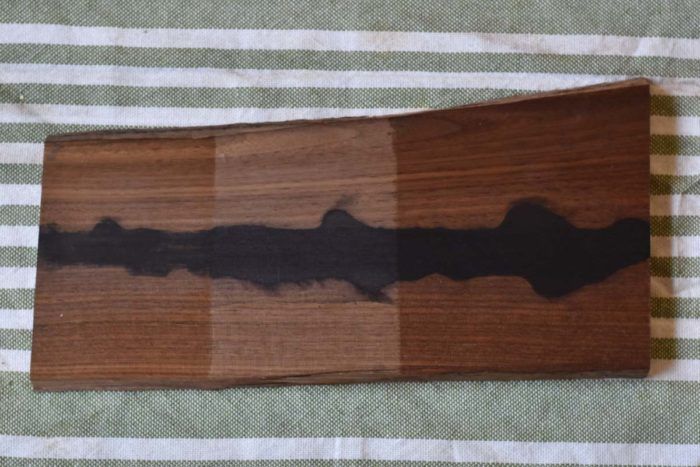
Whether you found an old nail lodged in the side of a board, had your metal-banded S2S lumber or plywood order delivered in the rain, or accidentally left a tool on your workpiece in a cool, humid shop, you’ve probably had to deal with black rust stains in wood. Fear not! While these dark stains look bad, they’re actually pretty easy to remove, even from finished wood, using a common household cleaner, and without removing any material.
As mentioned, the black stain is a type of low-oxygen rust (iron oxide) that forms when moisture gets trapped between a piece of metal and another surface (like wood). The rust travels to the other surface through the moisture, leaving a black deposit once the moisture is allowed to evaporate. In this article, I’ll be using Bar Keeper’s Friend, an oxalic acid based metal cleaner, to transform the black iron oxide into a colorless compound without needing to remove any material.
You’ll need:
- powdered Bar Keeper’s Friend metal cleanser
- an old toothbrush
- water in a small container
- clean rags or paper towel
If you have sensitive skin or are cleaning a large area, the Bar Keeper’s Friend packaging recommends that you wear gloves while using it. You should also avoid getting it in your eyes, or inhaling it. If you’re using this process on a finished piece, I’d recommend testing it in an inconspicuous area to make sure there aren’t any ill effects between the oxalic acid and the finish you’re using. In this article, I’m testing it on wipe-on poly, unfinished wood, and Danish oil.
Start by sprinkling the oxalic acid powder over the stained area.
Then use the toothbrush dipped in water to turn the powder into a paste. Scrub the paste gently over the stained areas.
Let the paste sit on the wood for 30 minutes or so, until most of the water has evaporated and the paste has turned into a white crust. You should notice the black stain has significantly lightened through the paste.
Rewet the powder with the toothbrush, then wipe off as much as you can with a clean rag. Repeat this process, wetting the paste and then wiping it off, several times to remove as much powder from the surface as you can. We’ll remove the powder that gets stuck down in the pores in a later step.
Let the wood dry completely. If there is any remaining black stain visible at this point, repeat the whole process from the beginning with more powdered oxalic acid. As you can see below, I removed 95% of the discoloration with one application.
If you’re trying to remove a stain from unfinished lumber or plywood, you can now proceed with your normal sanding and finishing process. Any remaining white powder that’s stuck in the pores will disappear when you finish the piece.
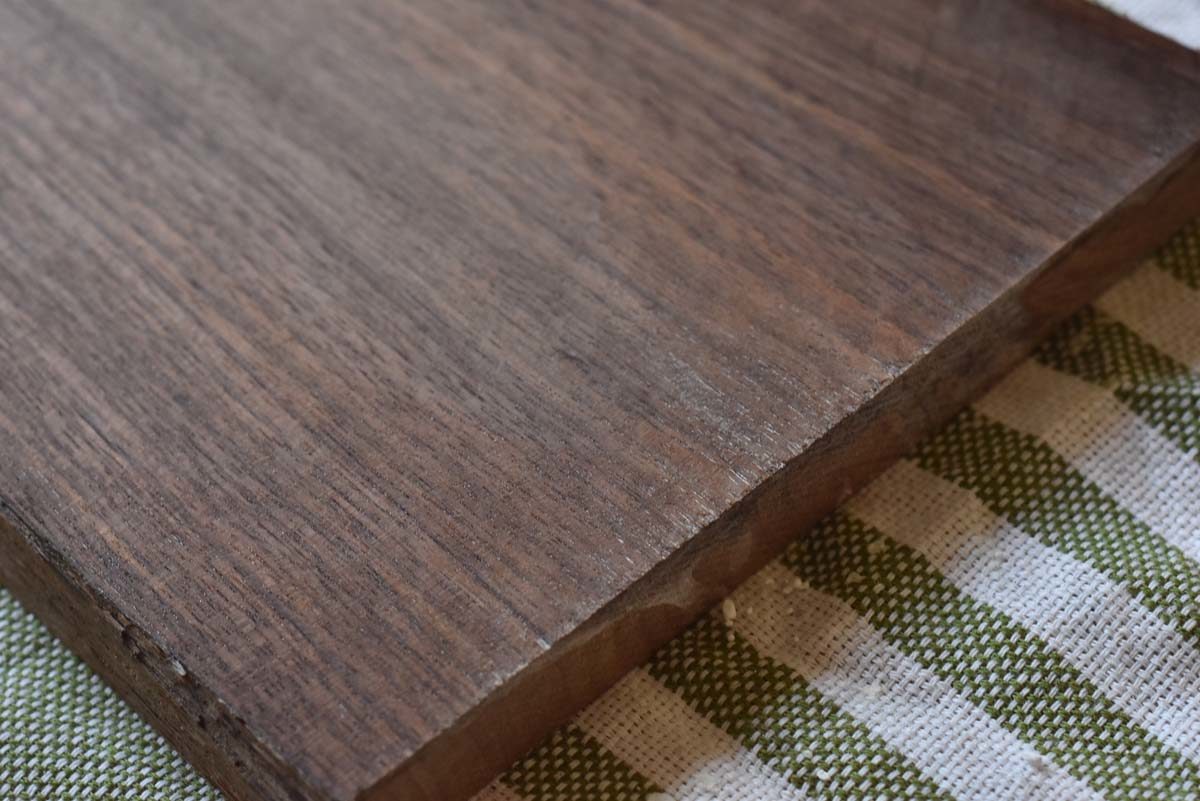
If your piece has finish on it, you may need to sand it lightly to knock down any raised grain, and then apply a fresh coat of finish. If your piece doesn’t need any sanding, a little mineral oil was enough to make the rest of the powder completely disappear for me.
Fine Woodworking Recommended Products
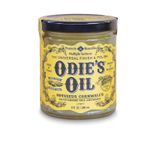
Odie's Oil
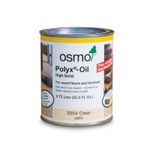
Osmo Polyx-Oil

Bahco 6-Inch Card Scraper

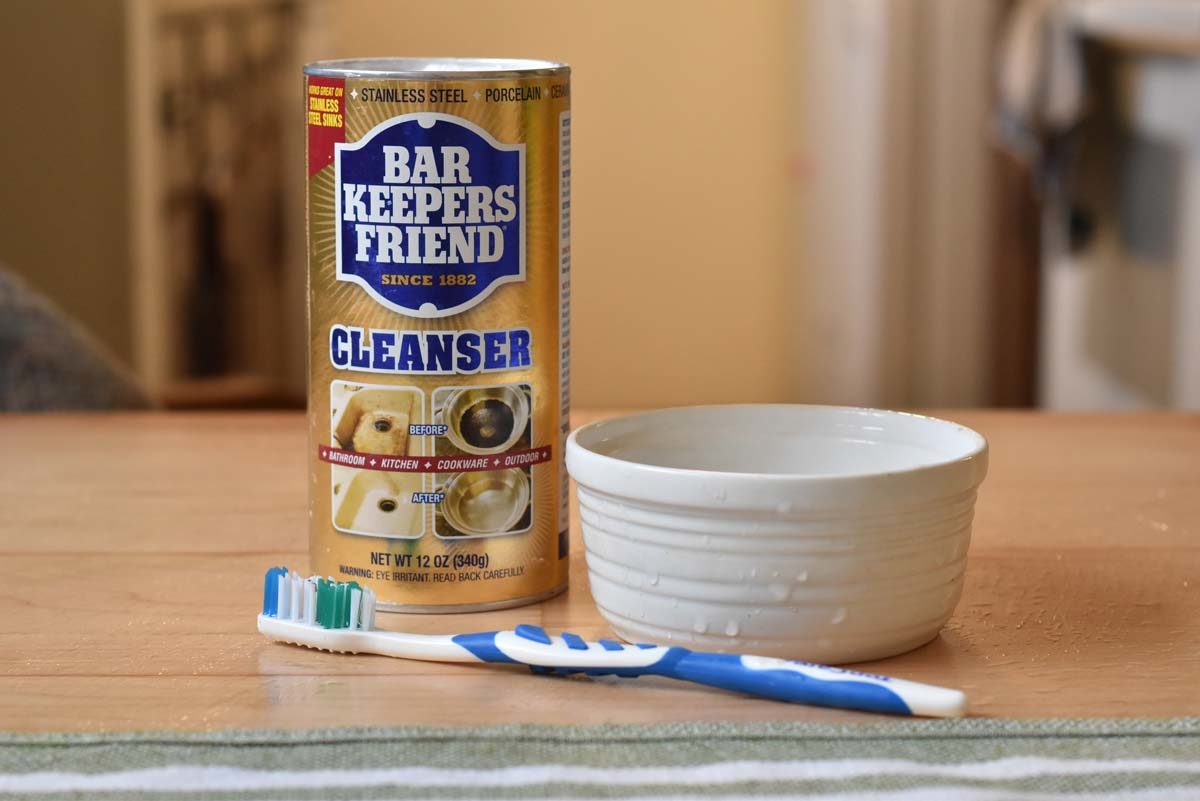
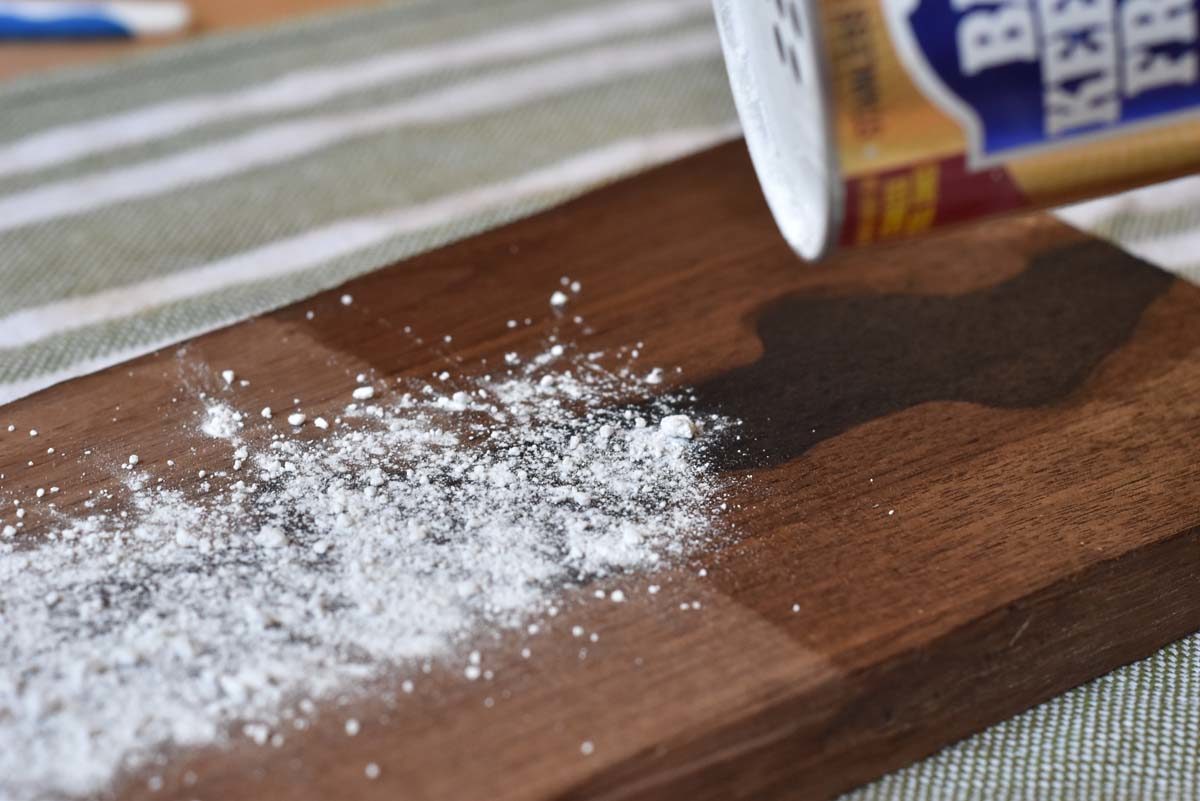
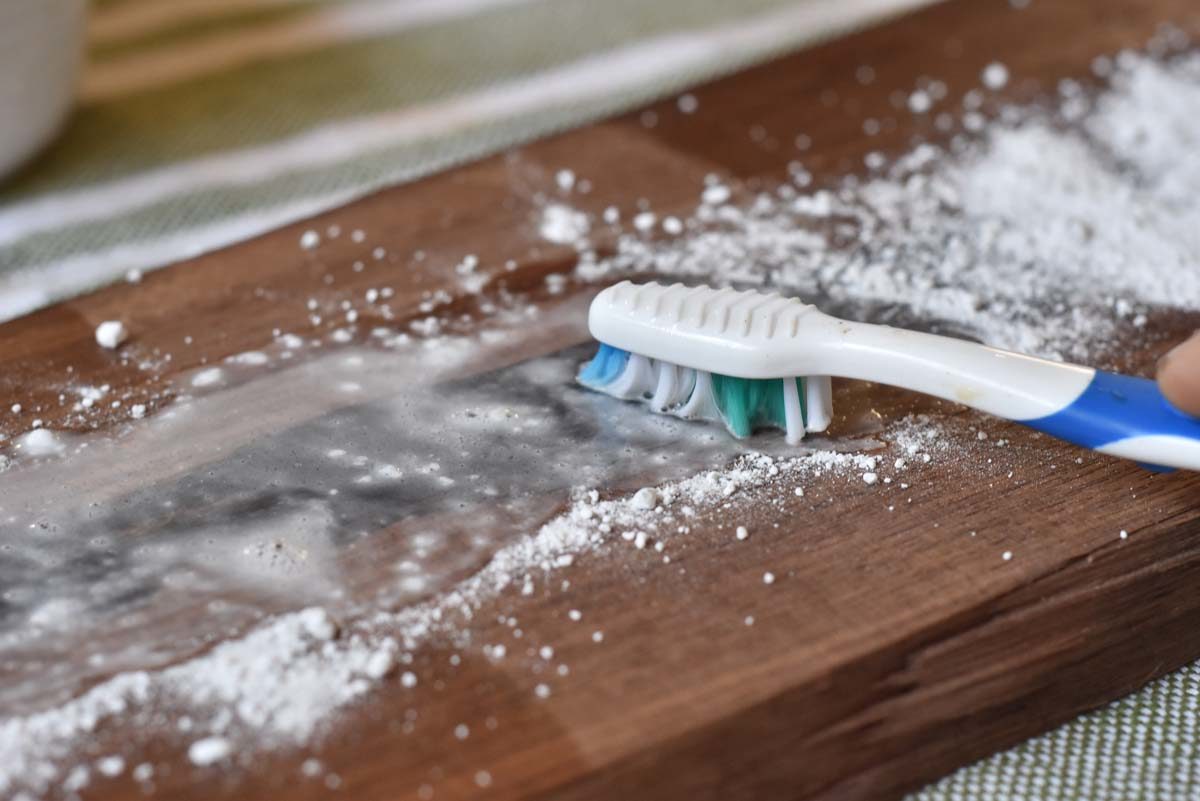
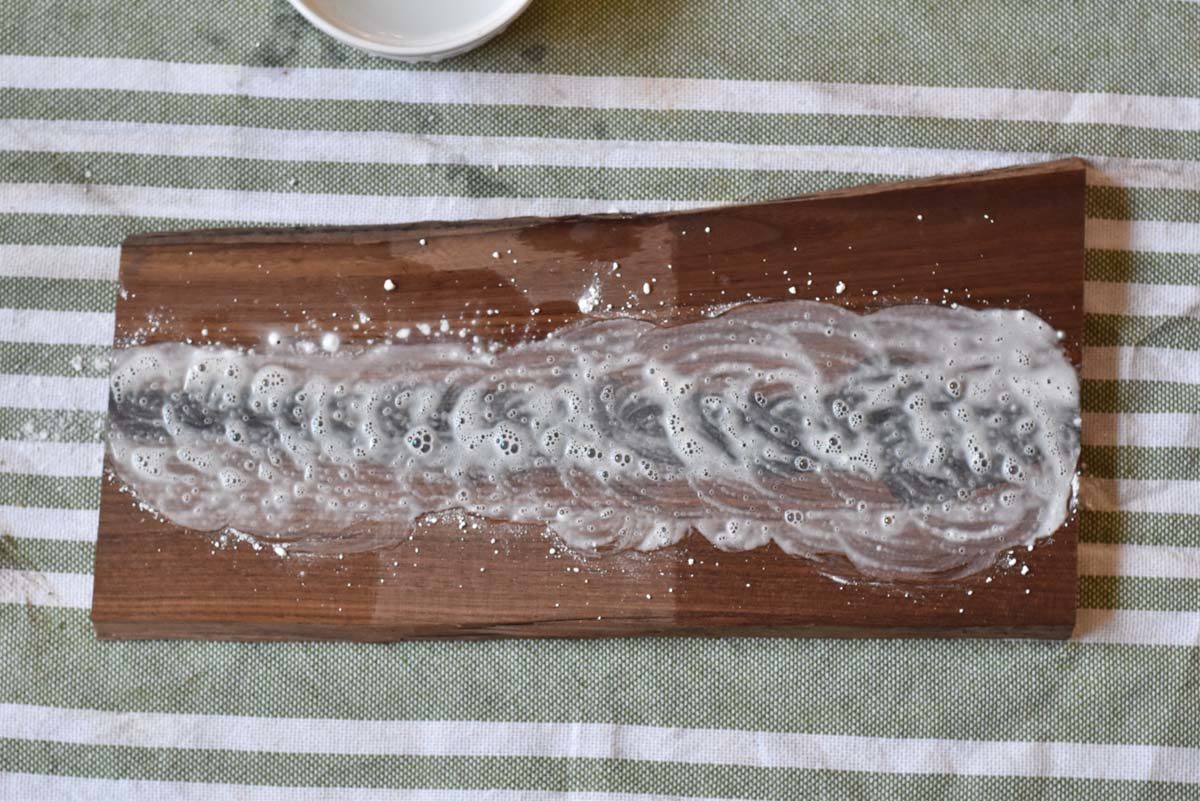
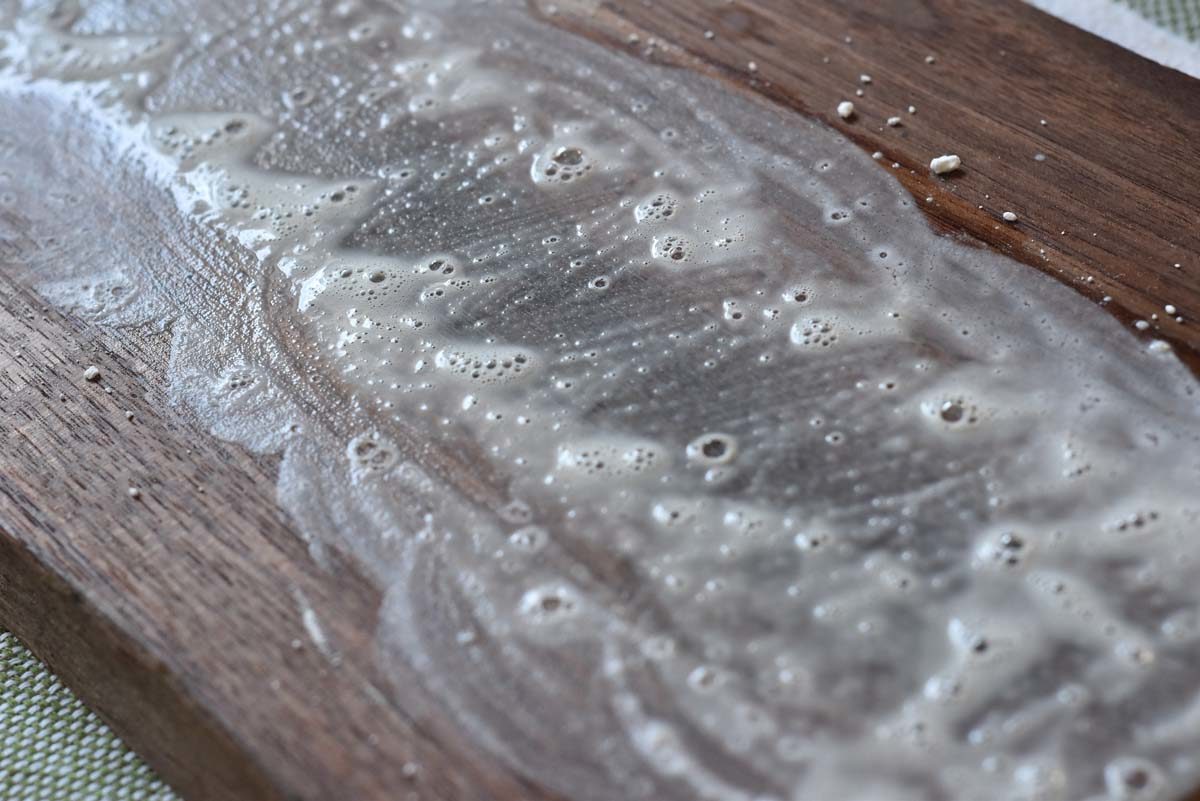
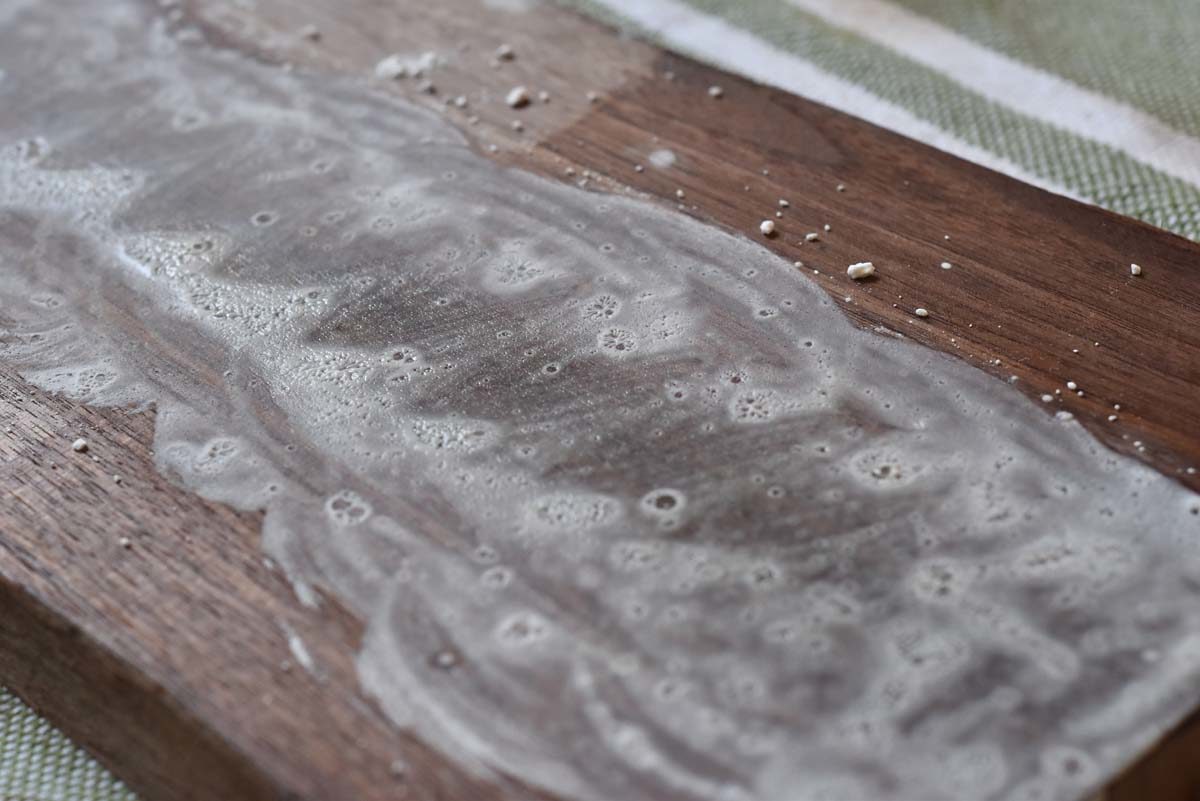
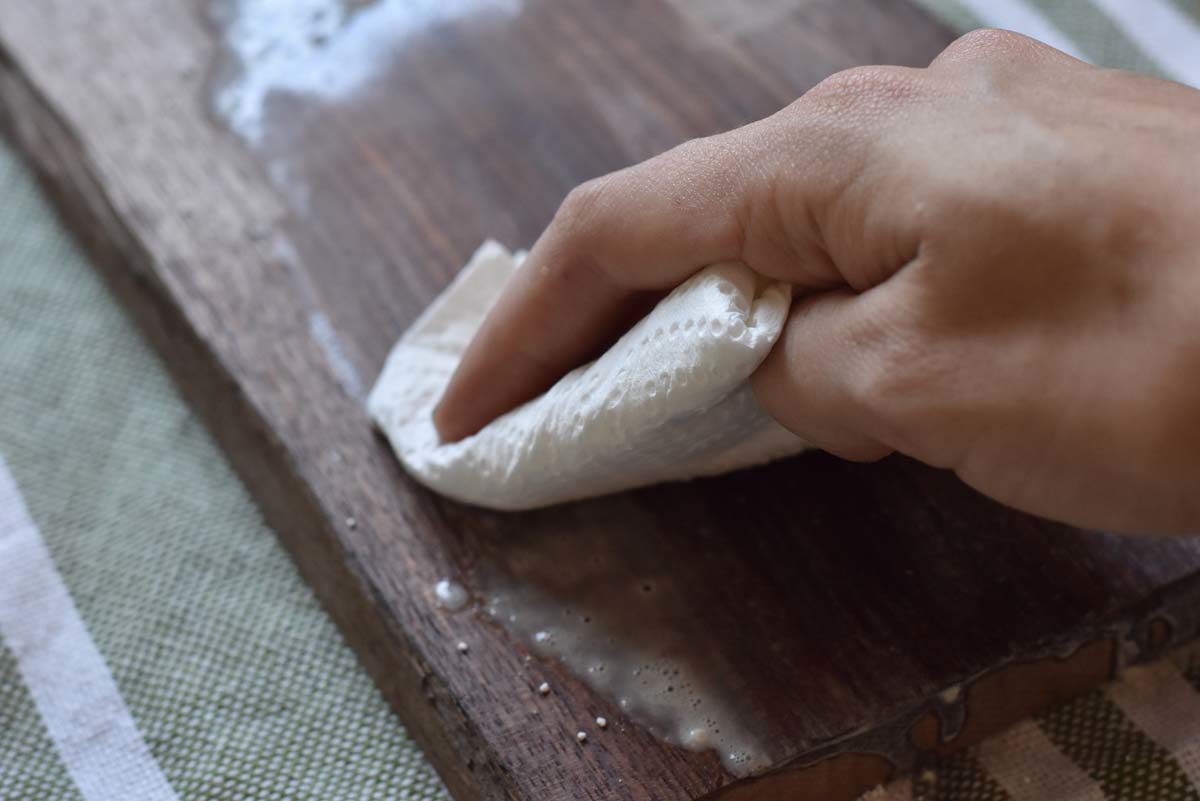
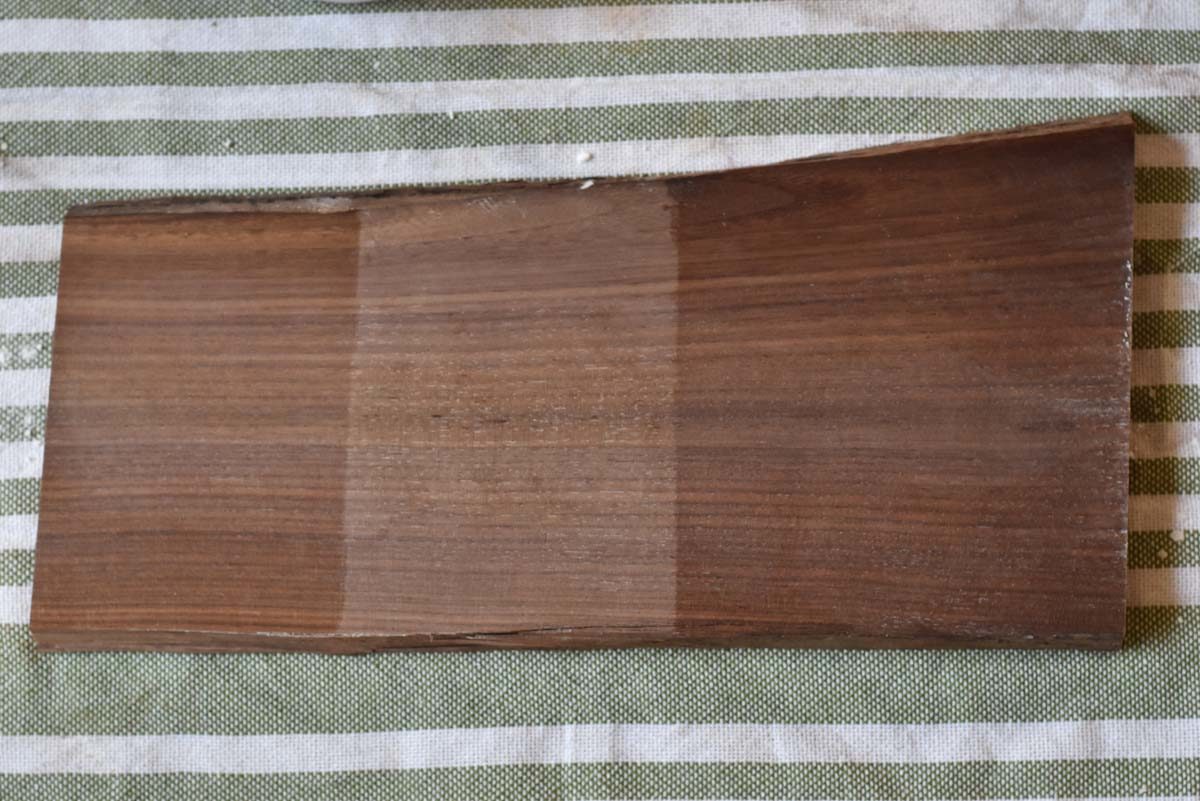
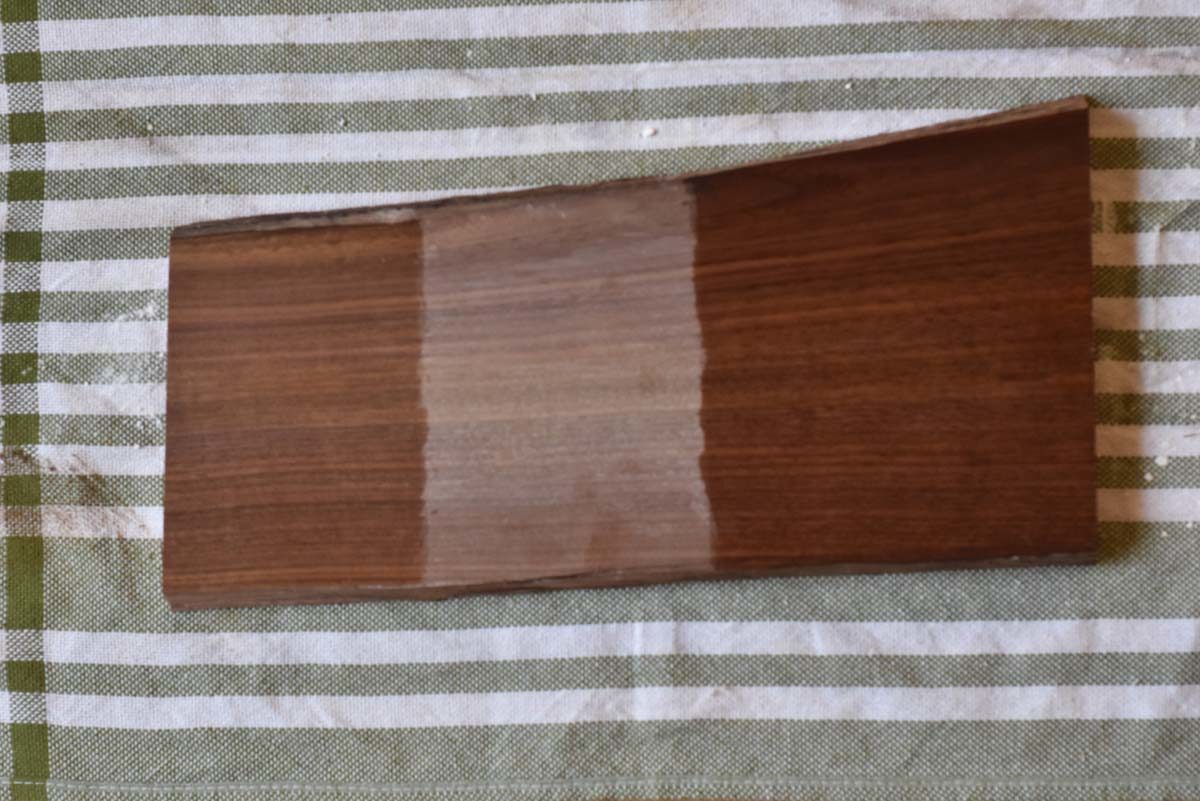
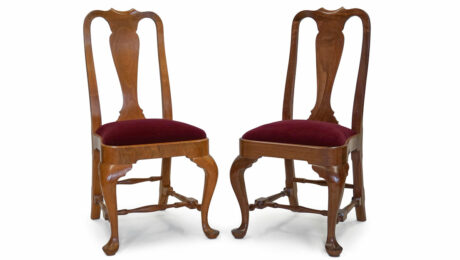
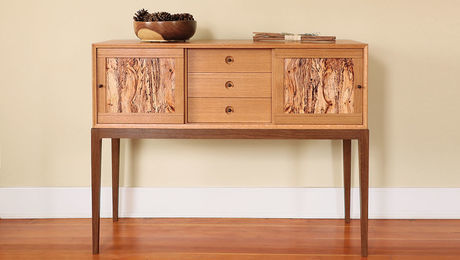






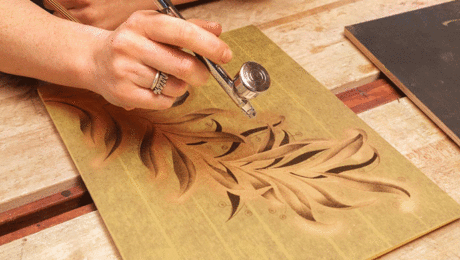
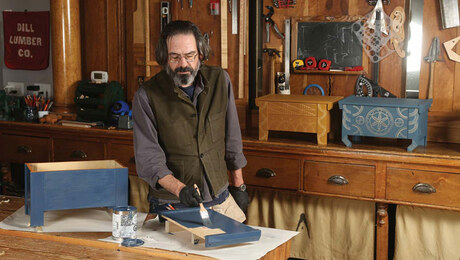
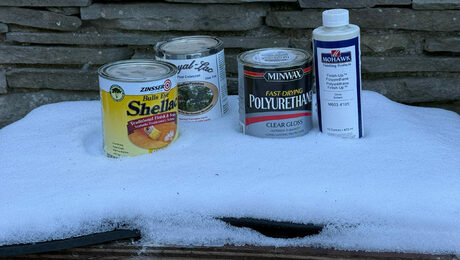








Comments
Living in Europe, I wonder what kind of product, this Barkeepers Friend is.. Is it a kind of soap, salt or acid?
The active ingredient in Bar Keeper's Friend is Oxalic Acid, which can be purchased as a powder. If you buy the pure powder form, be sure to dilute it heavily and do lots of tests before using it, as it's also a common ingredient in wood bleach. BKF only contains about 8% Oxalic Acid.
It may be harder to find in Europe, but I find it in my grocery store in the kitchen cleaning area...close to silver cleaners, brass cleaners, etc. I’m not really sure how to classify it, but it reminds me strongly of Arm & Hammer Baking Soda. I used to have a cast iron sink with a porcelain coating, and Bar Keeper’s Friend was amazing! It removed everything easily, even those silver marks from having silverware in the sink. Great to know that it works on iron stains, too!!!
I want to thank you for this simple remedy to an issue I created with a wood working project. I am a developing woodworker, but far from a 'fine woodworker'! I accidentally cleaned up glue from a joint with a wet rag where I had used steel wool to sand a routed surface. The resulting iron stain was horrible and I thought it had ruined my project. I followed your instructions exactly and I was simply thrilled with the results. I love simple solutions to my amateur woodworking mistakes!
Brilliant tip, thank you.
I’m *so* glad I found this. It works really well.
Log in or create an account to post a comment.
Sign up Log in